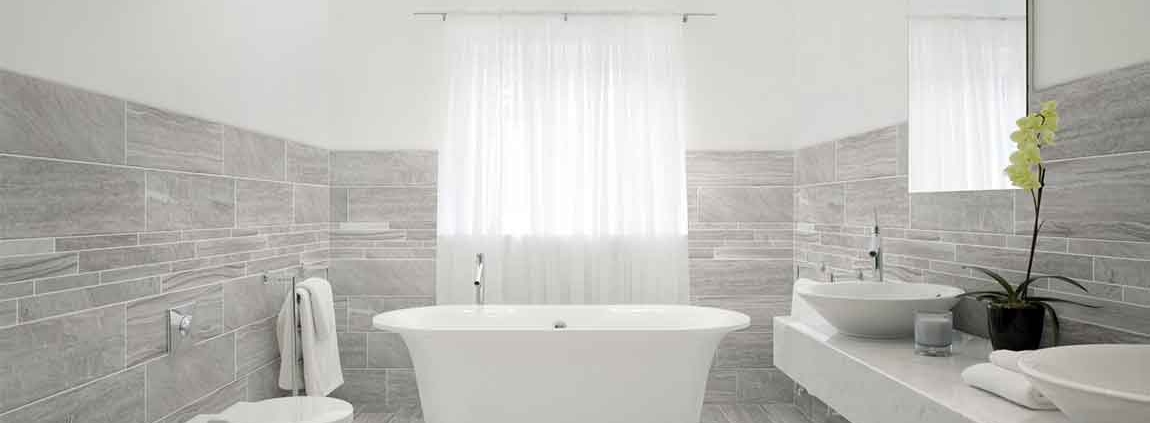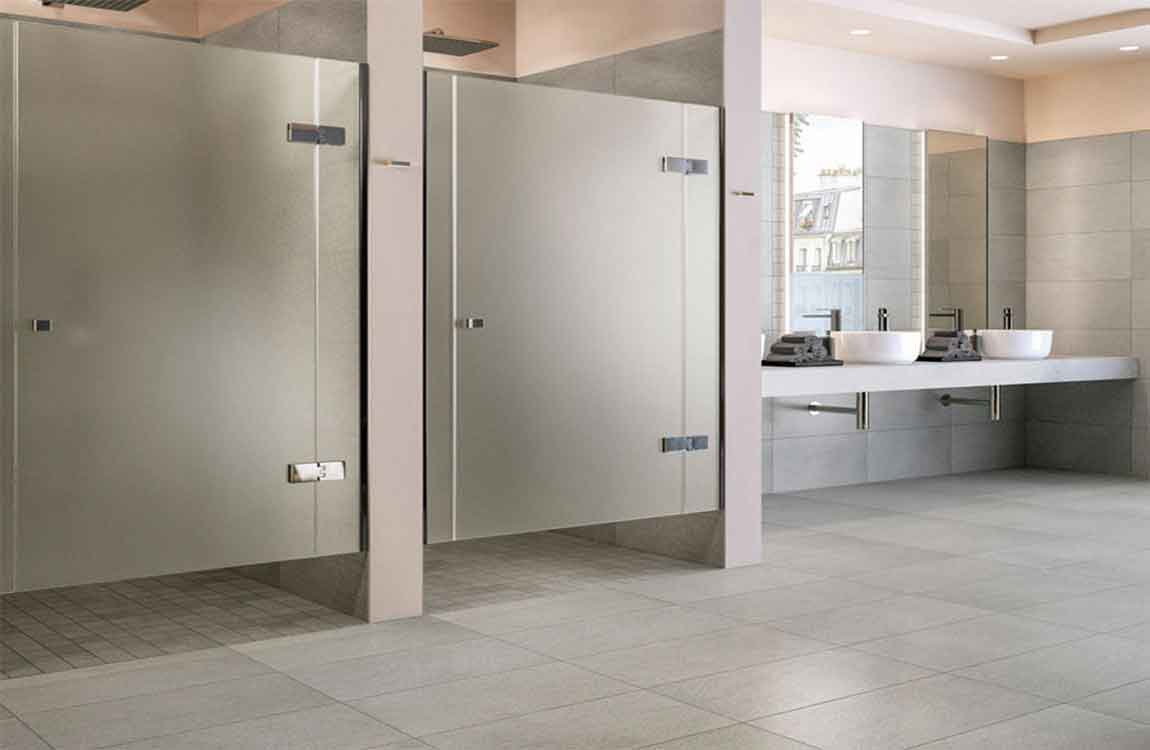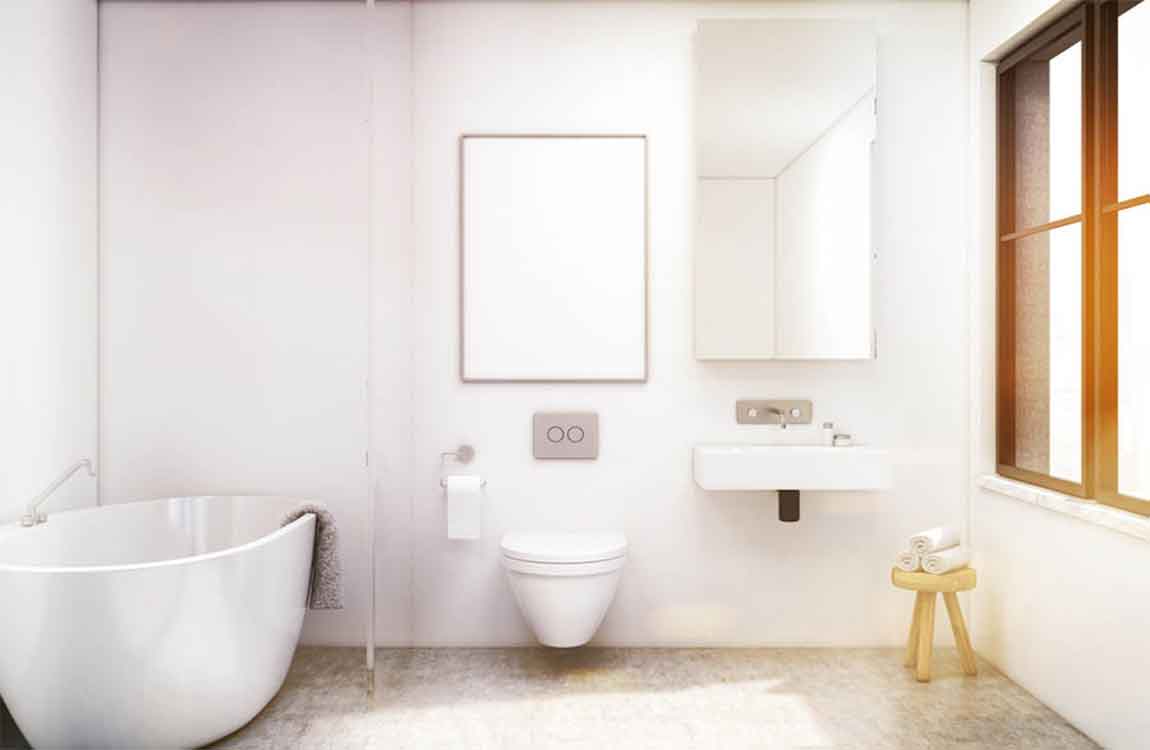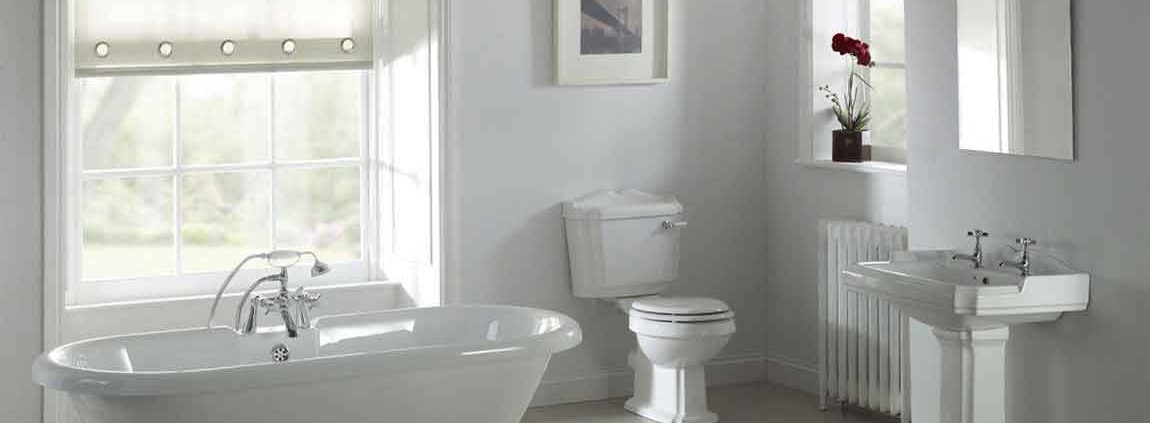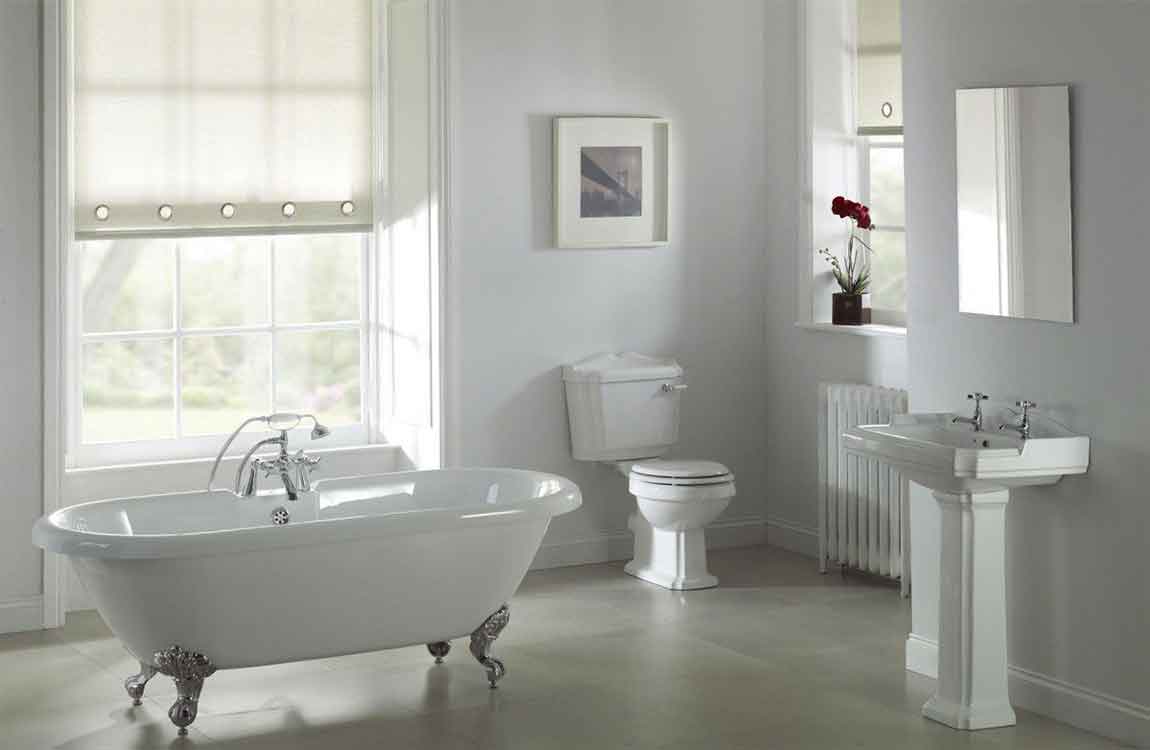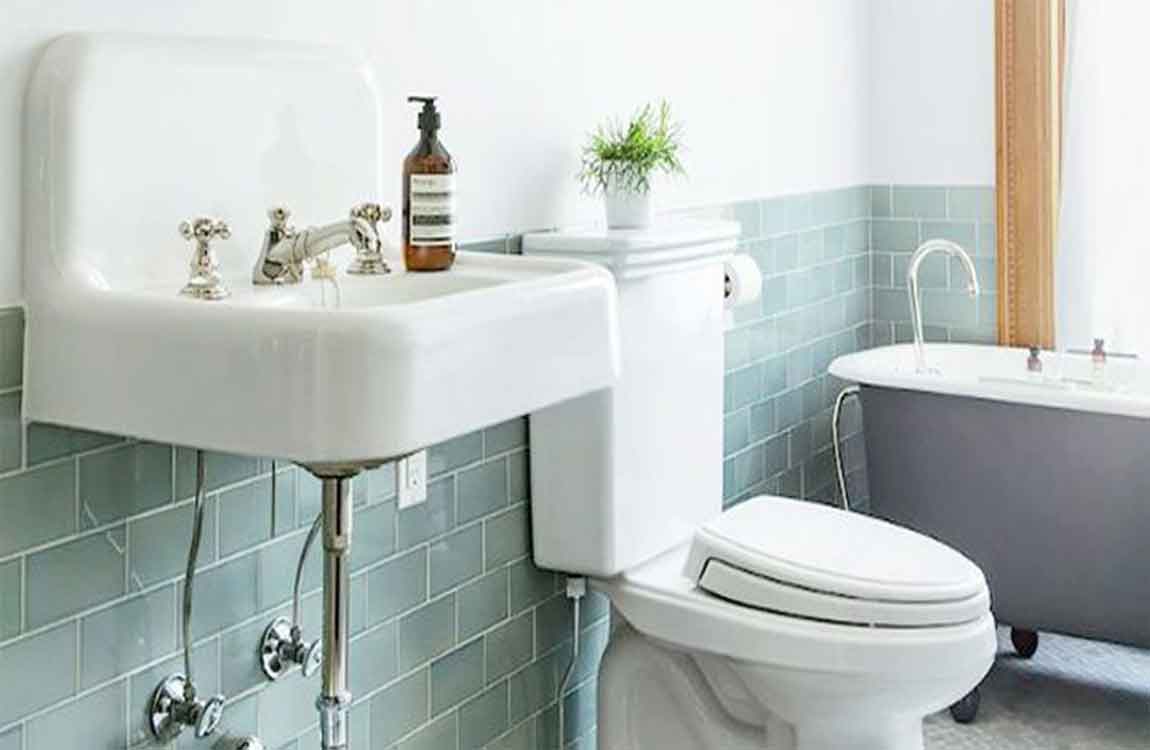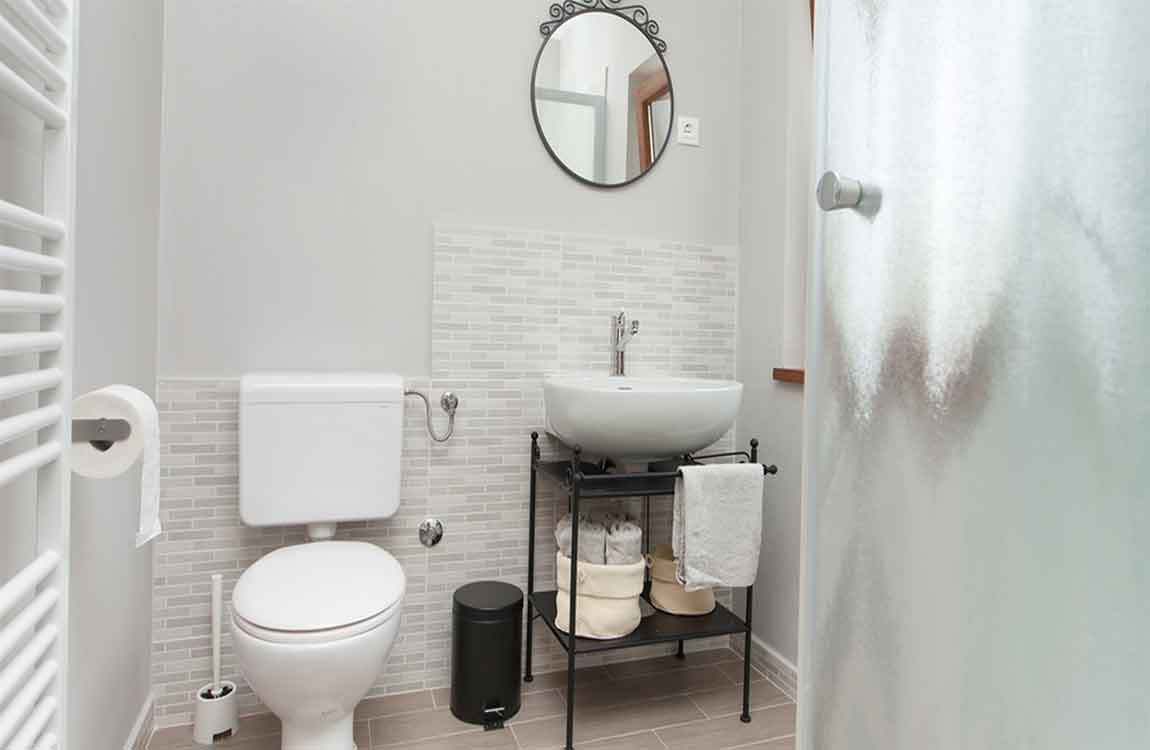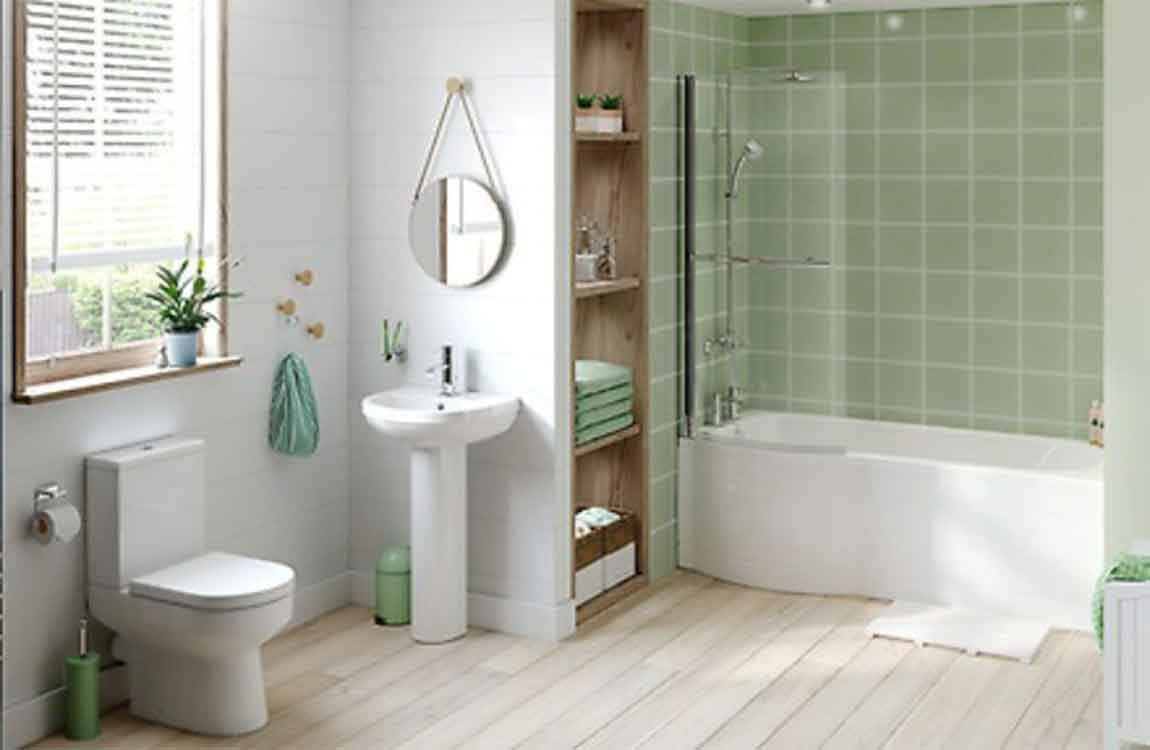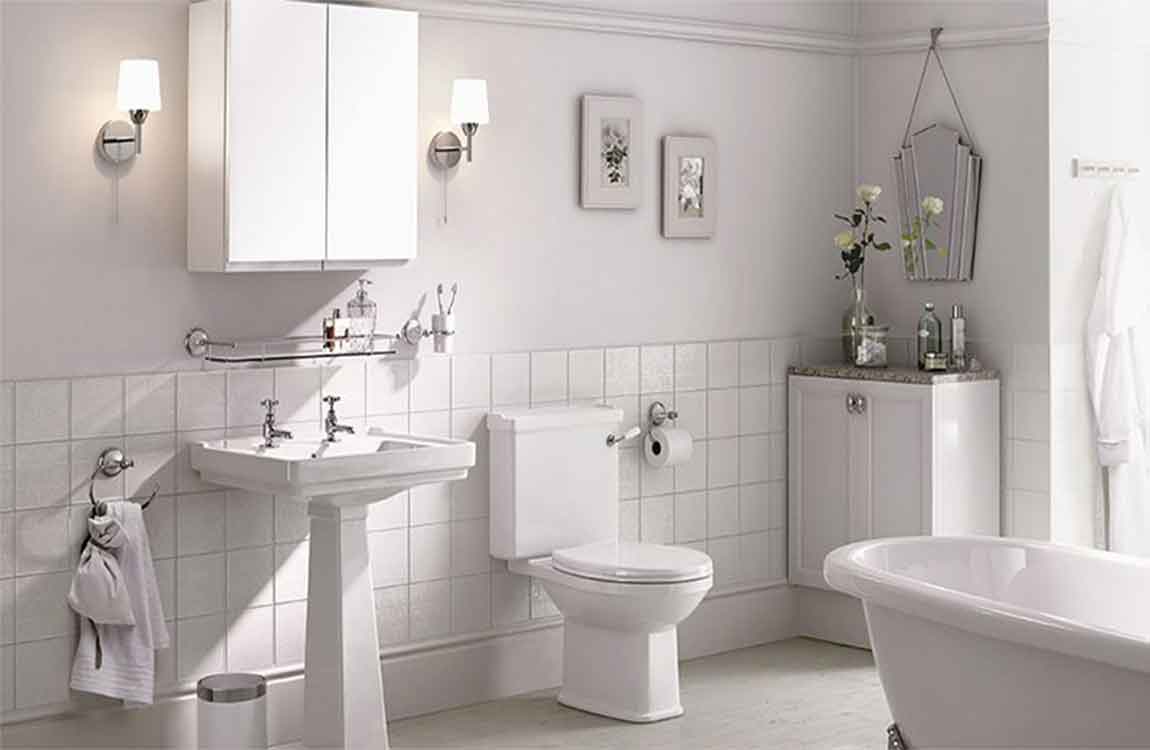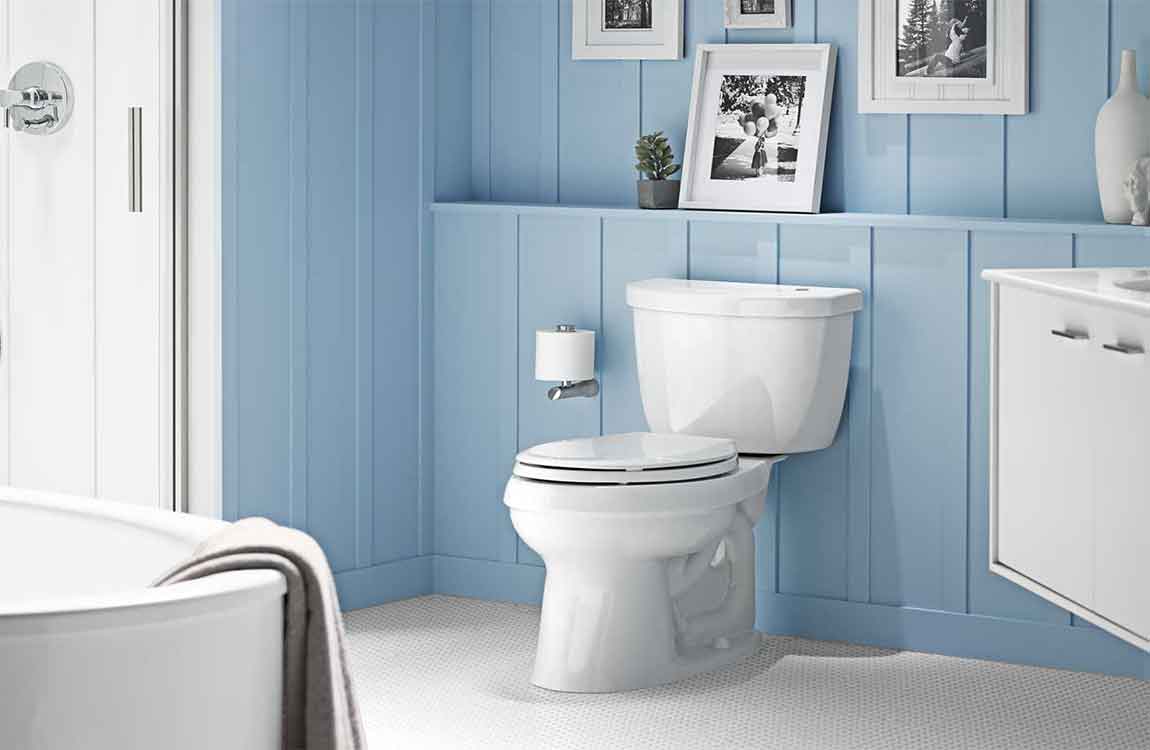How Preparing to Remove Your Stuck Shower Head?

Determine why your shower head is stuck. When a shower head is in excellent condition, you should be able to remove it with your hands. If this is not possible, you will need to remove the shower head through other means. Before making any further attempts to remove your shower head, evaluate the fixture to determine why it is stuck:

Search for signs of rust—is there an orange or copper colored ring around the shower head’s connection to the shower arm? Search for signs of mineral build-up—is there a white ring around the the shower head’s attachment to the shower arm? If there are no signs of rust or mineral build-up, it is likely that your shower head is attached too tightly.

Turn off the water supply. Typically, if you are removing your shower head by hand, it is not necessary to turn off the water. Removing a stuck shower head, however, presents more challenges and risks. Therefore, it is advised that you shut off the water source. The water valves may be located in one of two places: Under the bathroom sink. In the basement directly below the tub.
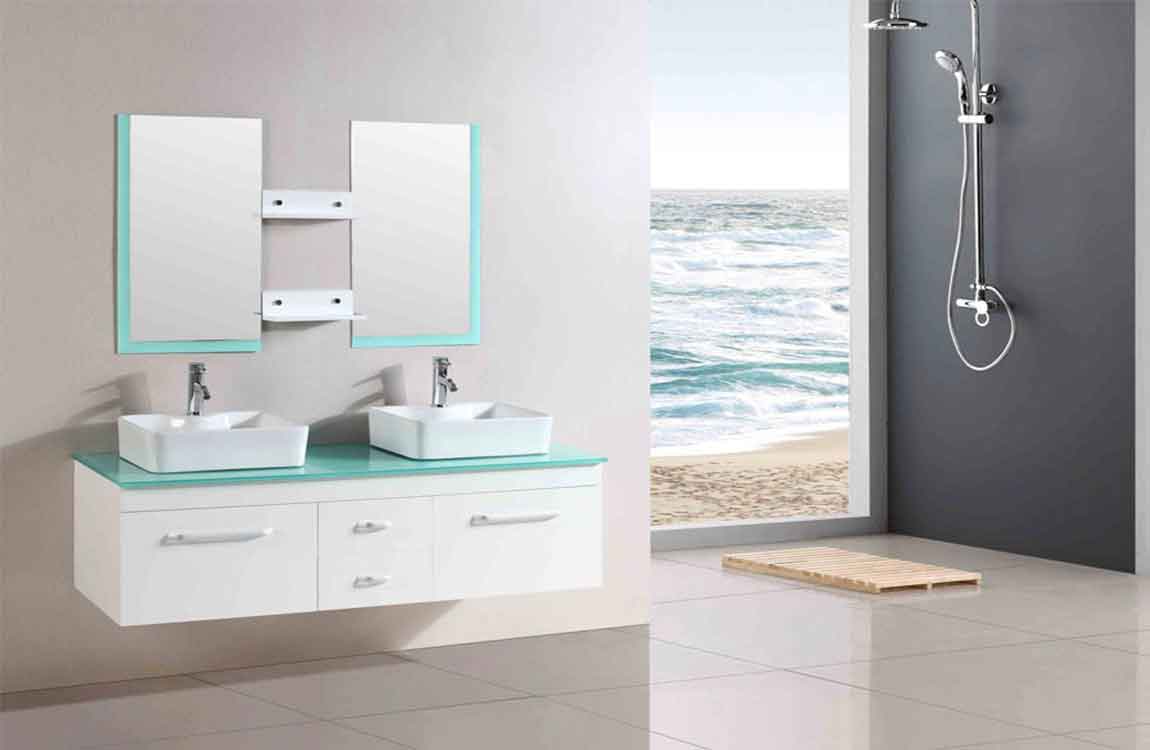
Prepare your work space. Throughout this process, you will work with tools and chemicals that could damage your shower or tub. To prevent damage, cover the floor of your shower or tub with a thick work blanket. You will also handle small bits and pieces. To prevent the loss of parts, stuff a cloth down the drain.

Some kits may come with a spray-on finish. If you use a sprayer instead of a brush or roller, try to spray evenly and in 1 direction. Make sure your walls and fixtures are well-protected by tape where there is a risk of paint spray hitting them. Let your bathtub sit for 2-3 days before you use it. The new finish needs to set completely before you run water over it.


